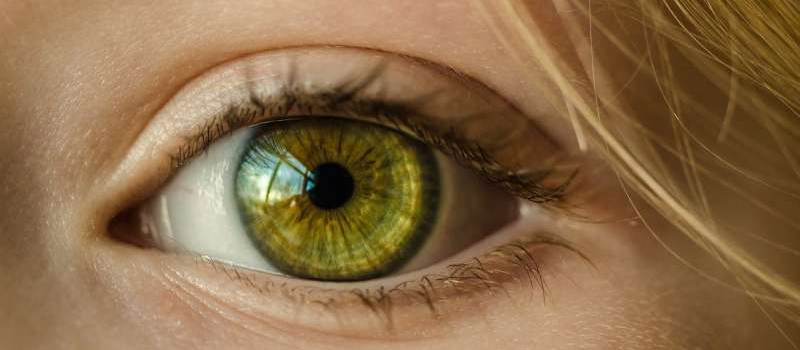Did you know that when you’re a woman, you’ve got a higher risk of a variety of eye diseases? From glaucoma and age-related macular degeneration (AMD), to shingles infections of the eye, two-thirds of visual impairments are suffered by women.
This is partly due to the fact that, as a group, women live slightly longer than men. Many of these eye conditions are age-related.
Other issues may be exacerbated by hormonal changes associated with menopause. That’s why, even if you have 20/20 vision right now, you probably would be wise to schedule an eye exam because eye health tomorrow starts with prevention today.
Migraines Meet Dry Eye
Do you experience many headaches? What about the more serious version known as migraines? If so, you could be at a higher risk of suffering a dry-eye disease.
Dry eye may not seem like a big deal, but the condition may increase your risk of suffering a scratched lens, enduring vision and focus problems, and compromising the overall health of the eye because you don’t get enough lubrication on its surface to keep it safe and healthy.
From a gender perspective, though, migraines likely increase the risk of dry-eye disease for all women, but in men, the connection tends to show up mostly between the ages of 55 and 64. Thus, women who suffer migraines should make certain they visit an eye doctor on a regular basis, even if they don’t have any preexisting vision problems. Be sure to cite your migraines in your health history.
AMD Risk
Another eye condition that women tend to be at a greater risk of developing than men is AMD, which affects about 14 million Americans and is the most common cause of vision loss among older individuals. Beyond gender, though, many people with AMD also have a genetic predisposition: 15 to 20% of people with AMD have a first-degree relative who also suffers from it.
Being female and having a first-degree relative who has been diagnosed with AMD clearly compounds your risk. If you’re a woman with AMD in your family, it’s vital to minimize other AMD risk factors whenever possible.
That means you need to avoid exposure to excess sunlight. Always wear your sunglasses.
If you smoke, you should also quit doing that. Controlling your weight and blood pressure can reduce your risk by minimizing strain on your cardiovascular system and protecting circulation to your eye.
The Strange Case Of Shingles
Shingles is what happens when the virus that causes chicken pox gets reactivated. This can cause a painful rash and even lasting nerve damage.
What most people don’t realize, though, is that in some cases shingles can attack the eye, and potentially lead to corneal scarring and blindness. When shingles attacks the eye, it most often harms the visual abilities of women and adults who are older than 75.
Women experience 29.1 cases of optical shingles per 100,000 persons, compared to just 9.4 cases per 100,000 persons nationwide. That disparity is stunning, but the good news is that proper use of the shingles vaccine can prevent the condition, so you should make sure you get both doses.
Vision issues are a common problem with aging, but being a woman puts your risk for some of them much higher. Place your visual health first, get an annual exam, and be clear about all your risk factors, because prevention starts with the simple things.

